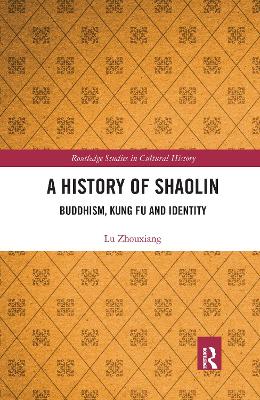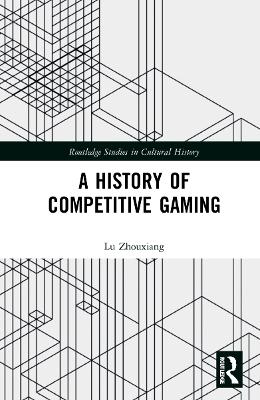Routledge Studies in Cultural History
1 primary work • 2 total works
Book 70
Shaolin Monastery at Mount Song is considered the epicentre of the Chan school of Buddhism. It is also well known for its martial arts tradition and has long been regarded as a special cultural heritage site and an important symbol of the Chinese nation. This book is the first scholarly work in English to comprehensively examine the full history of Shaolin Monastery from 496 to 2016. More importantly, it offers a clear grasp of the origins and development of Chan Buddhism through an examination of Shaolin, and highlights the role of Shaolin and Shaolin kung fu in the construction of a national identity among the Chinese people in the past two centuries.
Competitive gaming, or esports – referring to competitive tournaments of video games among both casual gamers and professional players – began in the early 1970s with small competitions like the one held at Stanford University in October 1972, where some 20 researchers and students attended. By 2022, the estimated revenue of the global esports industry is in excess of $947 million, with over 200 million viewers worldwide. Regardless of views held about competitive gaming, esports have become a modern economic and cultural phenomenon.
This book studies the full history of competitive gaming from the 1970s to the 2010s against the background of the arrival of the electronic and computer age. It investigates how competitive gaming has grown into a new form of entertainment, a sport-like competition, a lucrative business and a unique cultural sensation. It also explores the role of competitive gaming in the development of the video game industry, making a distinctive contribution to our knowledge and understanding of the history of video games.
A History of Competitive Gaming will appeal to all those interested in the business and culture of gaming, as well as those studying modern technological culture.

